It's not surprising that The Grand Rapids Press is covering an inventor's creation of embedded a/v furniture. After all, Grand Rapids is the home of the steel furniture industry in the US (both Steelcase and Herman Miller are in the area and have been for 100 years). What's interesting is that they're covering a local inventor/designer's technology furniture. Now, it's not that surprising that someone near the heart of the steel furniture business mates it with technology, but it's still surprising because Allendale is so far from the other centers of technology and design.
A hidden projector plays video on a recessed, ceiling-mounted projection screen.[...]
Sit down next to a stylish end table. Then open the top drawer and flip up the flat monitor tucked neatly inside.
[...]
Kick back and watch TV on your large plasma screen. Also use it to browse the Web, edit documents and play video games, because the entertainment center has an integrated computer.
Pete Freeman, the designer, is experiencing problems marketing his designs (there are photographs in an extended interview with him). In some ways, I'm not surprised. Freeman's designs are a kind of a wooden casemod, but he wants to sell the computer and the furniture together as a unit: that makes for either a very expensive piece of furniture or a computer that feels like it's going to be difficult to upgrade. The vastly different replacement cycles of furniture and computers thus becomes a big stumbling block, and an interesting one from the perspective of the potential customers of ubicomp: how do you sell something that's simultantously "built in" and replaceable? To some extent, I think that he's doing the thing that early radio cabinet designers did, and then again television cabinet designers: they made the designs look like furniture, in the hope that it would be more acceptable in the living room; eventually (and probably quickly), as people became comfortable with the new devices, their designs stopped trying to hide their functionality. The issue is that living room computers jumped to the "looking different" phase (by not being designed for the living room at all, or being designed to look like stereo equipment) and perhaps there's no clear need to disguise the functionality, to just to focus it better. Then, if it's clear that a computer is not just a general purpose computer, but a task-specific device, it no longer has to be hidden; or if it is, that hiding doesn't have to bring the baggage of having to hide a full-fledged PC (with cooling vents, power, CD tray, keyboard, monitor and mouse). If the function is focused, it'll be clearer where it should go and how it should go there.
But, you know, that's all theory. Freeman's actually made furniture that has computers hidden in it. It's not calm computing and it's not ambient display, but it's on the continuum. Having recently seen most of the Milan Furniture Fair, I know there's a market for everything, but I hope he doesn't have his hopes set on protecting his intellectual property rights: the furniture design industry is all about idea appropriation and recombination (that's what's called "fashion") and the best you can do is to get to market first and hope that you can get a season ahead of the copies, or use techniques that no one can easily duplicate.
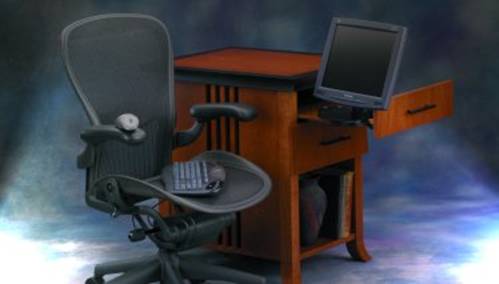
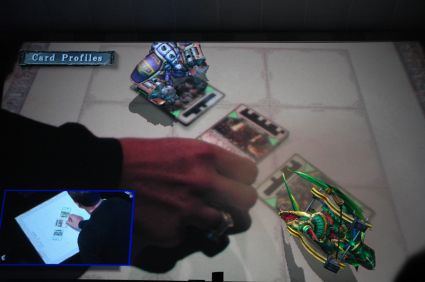
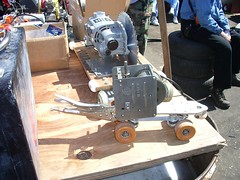
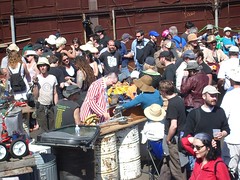
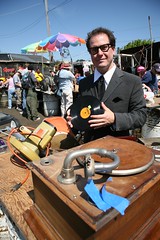
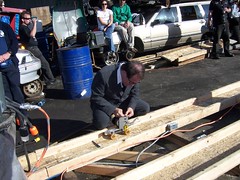




Recent Comments